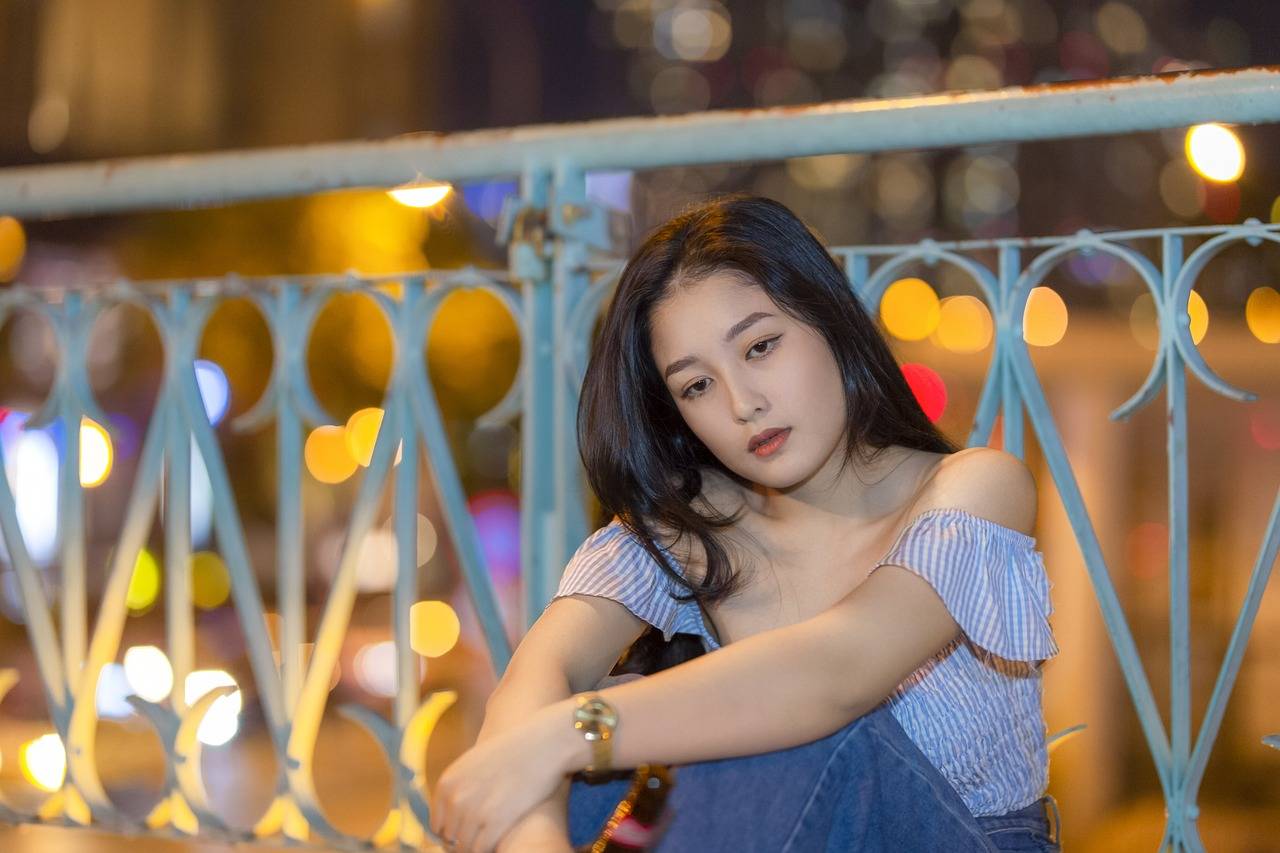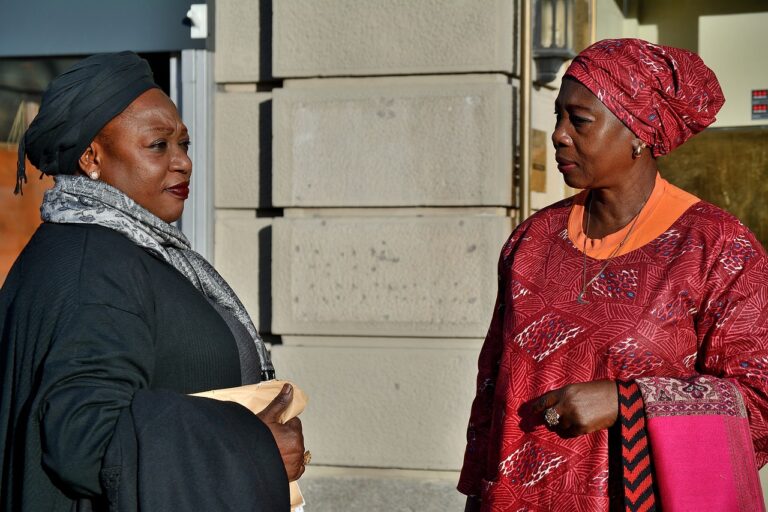The Role of Fashion in Historical Reenactments and Living History Events
Exploring the evolution of fashion trends through different time periods reveals a fascinating journey of sartorial transformation. From the elegant silhouettes of the Victorian era to the experimental styles of the Roaring Twenties, each epoch carries its distinctive flair and creativity. In ancient civilizations, clothing was not merely a practical necessity but also a symbol of status and cultural identity, with intricate patterns and luxurious fabrics showcasing wealth and power.
With the advent of global trade and technological advancements, fashion trends began to spread rapidly across regions, influencing society’s sartorial choices. The post-World War II era saw a shift towards more casual and functional attire, reflecting the changing roles of women in society and the increasing emphasis on comfort and practicality in everyday wear. As we continue to witness the cyclical nature of fashion trends, it becomes clear that style remains a powerful tool for self-expression and societal reflection across different time periods.
Influence of Historical Events on Fashion Choices
Fashion has long been intertwined with historical events, reflecting the societal changes and cultural shifts of the time. For example, during the Roaring Twenties, the end of World War I brought about a sense of liberation and newfound freedom, which was reflected in the fashion choices of the era. Women embraced shorter hemlines, looser silhouettes, and bolder makeup looks as a symbol of their independence and defiance of traditional norms.
Similarly, the tumultuous 1960s and 1970s saw the rise of counterculture movements and protests against the Vietnam War. This era of social upheaval was mirrored in the fashion scene, with the popularity of tie-dye, bell-bottoms, and psychedelic prints becoming synonymous with the anti-establishment sentiments of the time. Fashion became a powerful form of self-expression and rebellion against the status quo, illustrating how historical events can shape and influence our sartorial choices.
• The Roaring Twenties saw women embracing shorter hemlines and looser silhouettes as a symbol of independence.
• The 1960s and 1970s reflected social upheaval with the rise of counterculture movements like tie-dye and bell-bottoms.
• Fashion became a form of self-expression and rebellion against traditional norms during these historical events.
Importance of Authenticity in Historical Reenactments
Historical reenactments hold a significant role in preserving and honoring the past. The authenticity of these reenactments ensures that viewers are transported back in time to experience events as closely as possible to how they actually unfolded. Through attention to detail in costumes, props, and mannerisms, reenactors strive to recreate historical moments with accuracy and respect.
Inaccuracies in historical reenactments can distort the public’s understanding of the past and undermine the educational value of these events. To maintain credibility and uphold the integrity of historical accuracy, reenactors must extensively research and meticulously replicate the nuances of the time period being portrayed. By prioritizing authenticity, historical reenactments become not just entertainment, but valuable tools for connecting present-day individuals with the rich tapestry of history.
Why is authenticity important in historical reenactments?
Authenticity is important in historical reenactments because it allows participants and spectators to experience history as accurately as possible, providing a more immersive and educational experience.
How do fashion trends vary in different time periods?
Fashion trends vary in different time periods based on social, cultural, and economic factors. Each era has its own unique style and influences that reflect the values and beliefs of the time.
How do historical events influence fashion choices?
Historical events such as wars, economic changes, and social movements can greatly influence fashion choices. For example, rationing during wartime may lead to simpler and more practical clothing styles.
How can participants ensure authenticity in historical reenactments?
Participants can ensure authenticity in historical reenactments by researching the time period thoroughly, using accurate materials and techniques, and paying attention to details such as clothing, accessories, and mannerisms.






